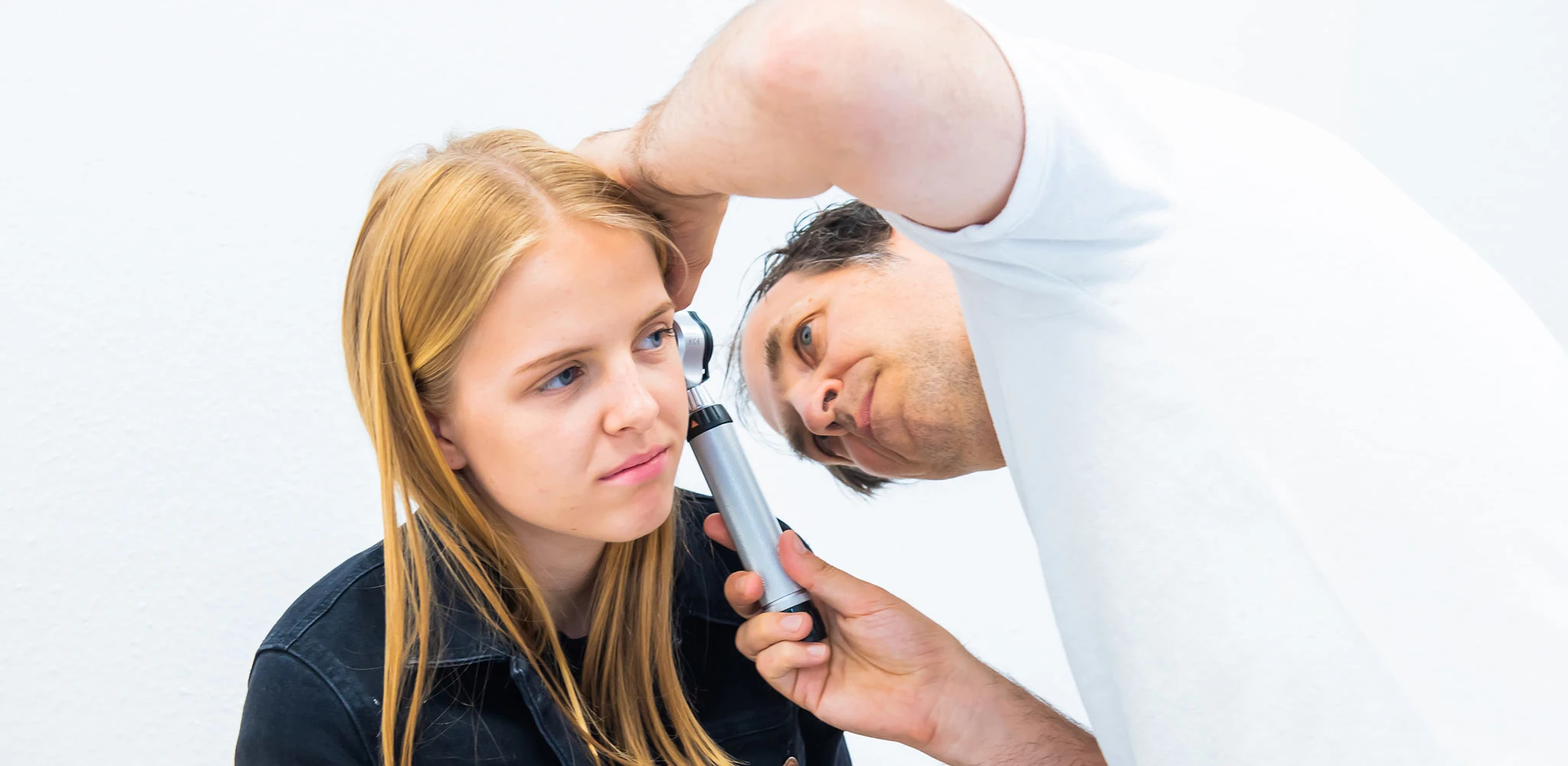What to do if the foreskin is constricted?
You can twist and turn it however you like: this topic cannot be presented in a gender-appropriate way. It's about foreskin constriction.
First of all: In the first few years of life, foreskin constriction is nothing unusual at all. It is assumed that well over half of all boys have foreskin constriction in the first few years - this is not really given much attention because it does not cause any medical problems.
It often starts with inflammation of the foreskin at the age of 4 or 5 and the boys complain of pain. It is then important to check whether the foreskin is too tight and, if necessary - but only if there are symptoms - to initiate treatment. Nowadays, this is initially ointment therapy. This involves applying a cortisone ointment to the front of the tip of the penis for four weeks. The foreskin then often loosens and recedes.
If the ointment therapy is not sufficient and (this is important!) the child has significant symptoms or is impaired, then a paediatric surgeon must be consulted and a surgical option discussed.
In all other cases, it is entirely appropriate to wait at least until puberty. It is important that parents are sensitised to the topic and make sure that the genitals are always examined during check-ups (U10, U11). After all, it is not uncommon for adolescents to develop problems at the age of 13 or 14, but they are shy and perceive the topic as shameful, so they don't dare to bring it up.
If the narrowing of the foreskin has not resolved by puberty, treatment with ointment will be attempted again. If this does not lead to any improvement, a surgical option must also be considered.
All in all, foreskin constriction is often not a major problem, but it is always a major concern for parents. The most important thing, as with so many things, is not to lose sight of the issue, but to check and discuss it regularly during check-ups.
Further interesting tips
School readiness
When should my child start school? This question is on the minds of many parents every year. Especially if their child's birthday is after the deadline for school enrolment. The solution is complex, but there are pointers that make the decision easier.
Abdominal area
One of the most common issues in paediatric practices is abdominal pain. Many children are repeatedly affected by this - without there being a real cause for the pain. There is a world-class website for affected families: www.meine-bauchstelle.de
Growing pains
Are you interested in winning a Nobel Prize for Medicine? Then we have a tip for you: try to find out why growing hurts even though it doesn't hurt. Sounds mysterious? It is a bit.
